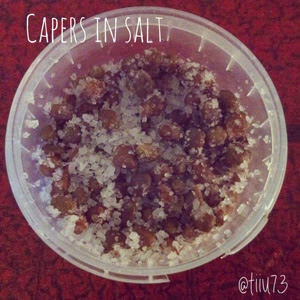When I was doing sulphite/sulfite, low sulfur elimination diet years ago, zucchinis were my stable food item. I ate them almost every day with everything, and there was a time that it was the only vegetable I tolerated without any reactions. Of course my taste buds got quite bored and after I managed to add more foods back to my diet, zucchinis were out for awhile. But since you can use zucchinis in many ways, these low calorie, potassium rich vegetables are back in my diet.
This following recipe is one of my favourites.
Basic 1 for sulphite/sulfite issues.
Zucchini Flatbreads, makes 16
3 dl or 1 cup + 4 Tbsp. of Brown rice flour
2 dl or 3/4 cups + 2 Tbsp of Quinoa flakes
1 dl or 1/3 cups of Quinoa flour
1 Tbsp. of Chia seeds
1 Tsp. of Sea salt
3 dl or 1 cup + 4 Tbsp. of grated Zucchini
4 1/2 dl or 1+ 3/4 cups of Water
Mix all dry ingredients in a bowl.
And add the grated zucchini.
Mix the grated zucchini well into the flour mix.
Add water and mix until you have a smooth mixture. Cover the baking tray with a good quality baking paper and put heaping tablespoons of the mixture on the paper and spread circles which are about 0,5 cm high.
Bake in the oven: 180 C or 350 F about 12-15 minutes.
You probably have found your favourite ways to eat the flat breads, which can be as simple as just with plain good quality grass-fed butter. For the zucchini flat breads I made simple tomato-butter and served them with a delicious cheese from Bali.
Tomato-butter:
50 gr of grass-fed Butter, soft
1/2-1 Tomato, seedless, drained and in small cubes
Sea salt to drain the tomato and more to taste.
Cut the tomato in half and scoop out the seeds.
Salt the tomato and leave at least for 10-15 minutes. Pat dry with a kitchen towel and slice them for small cubes. Mix the tomato cubes with the soft butter. Serve immediately with the flat breads.
Enjoy!
















